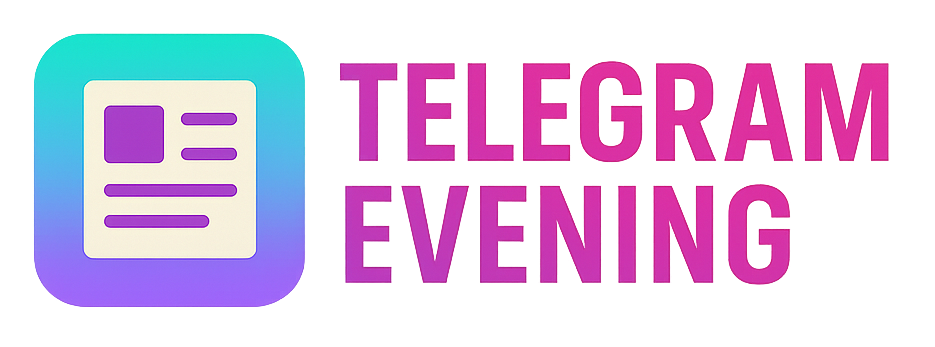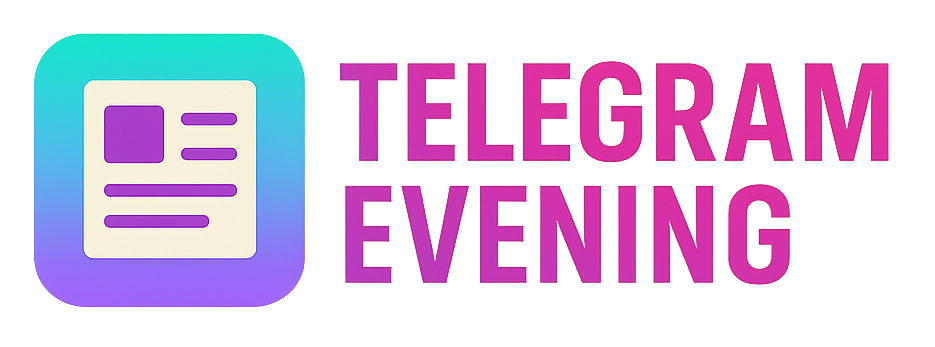Building Sustainable SaaS Models for Long-Term Digital Success
Design SaaS businesses that endure market shifts with sustainable, adaptable strategies.

The Evergreen Challenge: Sustaining SaaS Growth
Software as a Service (SaaS) companies face the universal challenge of sustaining growth while managing churn, evolving customer expectations, and shifting technology landscapes. Without robust, sustainable business models, many startups and scale-ups risk stagnation or failure in a competitive and fast-changing environment.
Solution 1: The Customer-Centric Value Ladder Framework
This framework structures pricing and product tiers around customer value and adoption stages, enabling steady growth and improved retention.
- Step 1: Define Core Customer Segments – Analyse your user base and segment by needs, usage patterns, and willingness to pay.
- Step 2: Map Features to Value Tiers – Assign product features to tiers that distinctly increase value for each segment.
- Step 3: Design Pricing Aligned with Perceived Value – Set pricing points that match segment expectations and competitor benchmarks.
- Step 4: Implement Usage-Based and Subscription Hybrids – Combine fixed subscriptions with usage fees to maximise revenue and customer stickiness.
- Step 5: Continuous Feedback and Evolution – Build feedback loops with customers to iterate tier offerings and align with evolving market demands.
<!-- Example: Basic React component to switch pricing tiers dynamically based on user selection -->
<div className="pricing-selector">
<label>Select Plan:</label>
<select onChange={e => setSelectedPlan(e.target.value)} value={selectedPlan}>
<option value="starter">Starter</option>
<option value="professional">Professional</option>
<option value="enterprise">Enterprise</option>
</select>
</div>
<p>Price: <strong>{pricing[selectedPlan]}</strong>/month</p>
Solution 2: Embedding Sustainability Through Operational Efficiency and Automation
Operational sustainability ensures SaaS businesses keep costs manageable and responsiveness agile. This solution focuses on automating key processes and optimising infrastructure.
- Step 1: Audit Current Operational Workflows – Identify repetitive, manual tasks across development, support, and billing.
- Step 2: Integrate Automation Tools – Use workflow automation platforms, CI/CD pipelines, and chatbot support to reduce manual load.
- Step 3: Adopt Cloud-Native and Serverless Architectures – Optimise resource allocation and scaling to reduce wasted infrastructure costs and environmental impact.
- Step 4: Establish Monitoring and Analytics Frameworks – Continuously monitor performance metrics and customer behaviour to pre-empt churn and capacity issues.
- Step 5: Regularly Review and Iterate – Set quarterly operational reviews to adapt automation and efficiency tactics as product and market evolve.
<!-- Example: Serverless AWS Lambda function for automated invoice generation triggered by webhook event -->
const AWS = require('aws-sdk');
const s3 = new AWS.S3();
exports.handler = async (event) => {
// Parse invoice data from webhook
const invoiceData = JSON.parse(event.body);
// Create invoice PDF or JSON
const invoiceContent = JSON.stringify(invoiceData);
// Upload to S3 bucket
await s3.putObject({
Bucket: 'my-saas-invoices',
Key: `${invoiceData.id}.json`,
Body: invoiceContent,
ContentType: 'application/json'
}).promise();
return { statusCode: 200, body: 'Invoice stored successfully' };
};
Did You Know? Efficient tiered pricing can increase SaaS customer lifetime value by up to 30% compared to flat-rate pricing.
Pro Tip: Early investment in automation reduces long-term operational costs and enhances your agility to meet unexpected market changes.Q&A: How do you balance feature richness with simplicity in SaaS tiers? Answer: Prioritise core value drivers for each segment and carefully limit feature overlap to reduce choice paralysis.
Internal Link
Learn how software efficiency contributes to sustainability in our detailed guide on Implementing Energy-Efficient Programming Practices for Sustainable Software Development.
Evening Actionables:
- Audit your SaaS customer segments and map value tiers.
- Design and test a pricing tier selector that dynamically updates user cost.
- Implement automated workflows for billing and support using serverless APIs.
- Set up operational monitoring dashboards to track efficiency and churn signals.





Comments ()